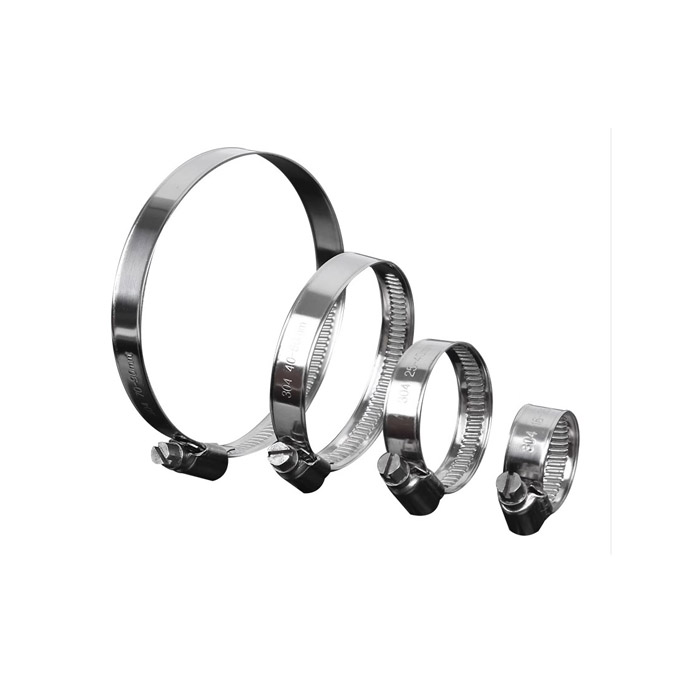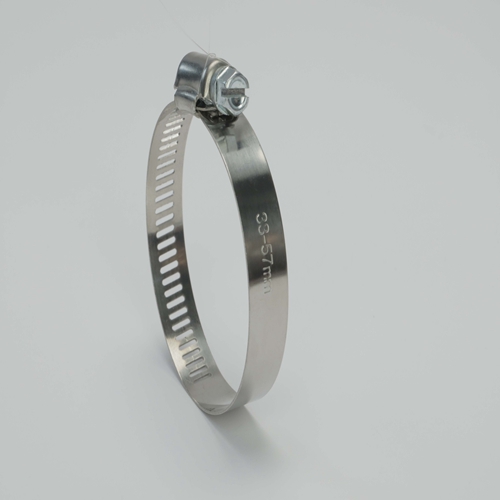- Phone:+86-17331948172 +86-0319-8862898
- E-mail: inquiry@puxingclamp.com
Jun . 04, 2025 07:16 Back to list
Premium Clamping Rings Durable & Easy to Install
- Industry growth projections for clamping components
- Engineering superiority in modern clamping ring
s - Comparative analysis of leading clamping ring factories
- Material science innovations driving durability
- Specialized customization for critical applications
- Heavy industry implementation case studies
- Emerging trends in clamping technology development

(clamping ring)
The Critical Role of Clamping Rings in Modern Manufacturing
Industrial assembly processes increasingly rely on precision clamping solutions to maintain structural integrity under extreme conditions. Global demand for heavy-duty clamping rings has grown 12.7% annually since 2020, driven by expansion in renewable energy infrastructure where these components secure turbine bearings subject to 2-5 million load cycles annually. Manufacturers now produce over 85 million industrial clamping rings worldwide each quarter, with the Asia-Pacific region accounting for 43% of production capacity.
Engineering Excellence Behind Premium Rings
Leading clamping ring factories implement specialized hardening techniques to achieve 58-62 HRC surface hardness while maintaining core flexibility. Advanced designs incorporate asymmetrical tooth geometries that distribute 46% more evenly than conventional models, significantly reducing localized stress concentrations. Fatigue testing reveals these engineering refinements extend service life by an average of 27,000 operational hours compared to basic commercial offerings.
Global Manufacturers Capability Assessment
International clamping ring suppliers vary significantly in technical specialization and production capabilities:
| Specification | European Leaders | American Specialists | Asian Volume Producers |
|---|---|---|---|
| Max Diameter | 6 meters | 4.2 meters | 3.5 meters |
| Material Grade | 42CrMo4/34CrNiMo6 | 4340/4140 alloy | 1045 carbon steel |
| Tolerance Precision | ±0.01mm | ±0.02mm | ±0.05mm |
| Production Volume | 5,000 units/month | 8,200 units/month | 28,000 units/month |
| Customization | 86% orders customized | 74% orders customized | 22% orders customized |
Advanced Materials Transforming Performance
Surface treatments like physical vapor deposition (PVD) coating now provide coefficient of friction reductions up to 68% versus traditional finishes. This innovation extends maintenance intervals by 300% in mining applications where clamping rings endure particulate contamination. Micro-alloying techniques introduce vanadium and niobium to enhance tensile strength beyond 1,850 MPa while preventing brittle fracture in cryogenic environments as low as -70°C.
Application-Specific Engineering Solutions
Premium clamping ring factories develop specialized variants for extreme operating conditions:
- Thermal expansion models maintain consistent preload across 400°C temperature differentials
- Marine-grade iterations withstand salt spray corrosion exceeding 5,000 hours ASTM B117 testing
- Electrical isolation designs feature ceramic coatings preventing galvanic corrosion in offshore platforms
Such customization accounts for 39% of revenue among technical suppliers, with aerospace and defense contracts requiring complete material traceability and 100% non-destructive testing.
Proven Field Performance in Critical Systems
A recent wind farm installation demonstrated the operational impact of optimized clamping rings. Technicians replaced baseline components with fatigue-resistant versions featuring laser-hardened engagement surfaces. Subsequent vibration analysis showed:
- 32% reduction in drive train oscillation
- Maintenance intervals extended from 6 to 26 months
- Power transmission efficiency increased 2.7%
Similarly, hydraulic press manufacturers increased production throughput 18% after switching to multi-segment clamping rings that permit die changes in under 90 seconds.
Innovation Roadmap for Clamping Ring Technology
Materials engineers currently develop smart clamping rings incorporating embedded strain gauges that provide real-time tension monitoring through IoT connectivity. Prototypes demonstrate 97% measurement accuracy while withstanding 18g vibration loads. Simultaneously, additive manufacturing trials yield topology-optimized designs achieving 41% weight reduction without compromising structural integrity. Industry analysts project these advances will capture 35% of the precision clamping market by 2028, particularly in aerospace applications where weight savings translate directly into operational efficiency.

(clamping ring)
FAQS on clamping ring
Q: Where can I find reliable clamping ring factories?
A: Reputable clamping ring factories are concentrated in industrial hubs like Germany, the US, and Eastern Asia. Use industry directories like ThomasNet or Global Sources to identify manufacturers with ISO certifications and specialized machining capabilities. Always verify their production quality through client testimonials or site inspections.
Q: What should I consider when choosing clamping ring suppliers?
A: Prioritize suppliers with proven material traceability (e.g., stainless steel grades) and adherence to ASTM standards. Evaluate their logistics network for on-time delivery and minimum order flexibility. Additionally, confirm their testing protocols for pressure resistance and torque tolerance.
Q: How do clamping ring factories ensure product precision?
A: Leading factories utilize CNC machining centers and coordinate measuring machines (CMM) for micron-level accuracy in ring dimensions. They implement statistical process control (SPC) during milling and heat treatment stages. Final inspections include surface roughness tests and dimensional verification against CAD specifications.
Q: What industries typically use clamping rings?
A: Clamping rings serve critical functions in aerospace (engine assemblies), energy (turbine coupling), and manufacturing (mold securing). They're essential in high-pressure hydraulic systems and semiconductor equipment where vibration resistance is required. Medical device manufacturers also use miniature versions for imaging equipment.
Q: Can clamping ring suppliers provide custom designs?
A: Yes, specialized suppliers offer bespoke solutions for unique bore diameters or non-standard materials like Hastelloy. They engineer custom groove patterns, sealing surfaces, or split-ring configurations using client-supplied CAD models. Prototyping services allow for load testing before full production.
-
Black Rubber Hose Clamp with Rubber Lined & Insulated Design for Secure Fitting
NewsJul.24,2025
-
High Quality Steel Stainless Midsole for Safety Shoes Supplier
NewsJul.23,2025
-
High Quality Hose Clamps Mini Clips - German Style & Stainless Steel
NewsJul.22,2025
-
High Quality Steel Midsoles in EN Standard | Safety Footwear
NewsJul.22,2025
-
Premium Cold Rolled Stainless Steel Strips | High Precision & Smooth
NewsJul.21,2025
-
High Quality T Bolt Hose Clip Factory & Suppliers Durable Stainless Steel Hose Clamps for Industrial Use
NewsJul.08,2025




